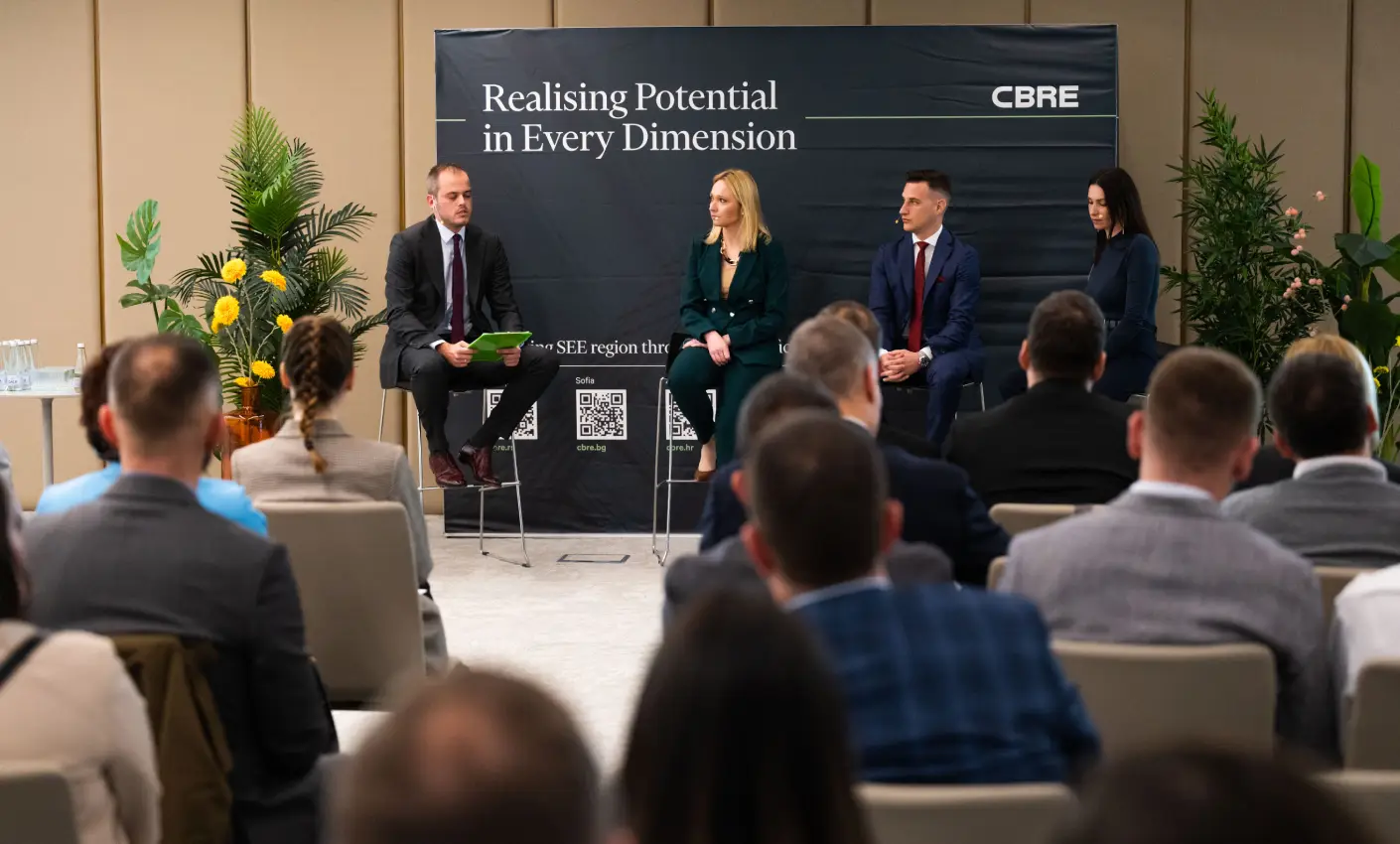

During 2023, nearly 240,000 square meters of office space were built in the markets of Serbia, Bulgaria, Croatia, and Slovenia, with 62% of it being in the Belgrade market, 26% in Sofia, and the rest in Zagreb and Ljubljana.
“The highest level of supply activity was in Belgrade, where a 13% annual growth in supply was recorded, but we expect greater activity in the less developed markets of our region, such as Croatia, during this year,” said Ivan Stojić, Head of A&T Office for the Adriatic region at CBRE.
Looking at the situation in the region, Zagreb and Belgrade have similar total office space offerings of around 1.2 million square meters, but the availability rate of office space differs. In Belgrade, it is around 7%, and the biggest difference is that the overall increase in office space supply in Zagreb during 2023 was slightly below 2% compared to 2022. The highest vacancy rate of 15% was recorded in Sofia, which also has the largest office space supply of 2.4 million square meters.
Investor interest in the office sector remains strong throughout the region, accounting for over 50% of the total investment volume.
When it comes to tenant requirements, it is evident that differences in building quality will become an even more significant factor in space selection. Tenants, especially multinational companies, have strict requirements when it comes to choosing suitable office space, as their business strategies and values align with ESG strategies and sustainable development goals. Therefore, their demands are primarily focused on certified buildings. This is a standard practice for most international companies worldwide. On the other hand, the owners of these buildings recognize the potential in building certification, as evidenced by the fact that most Class A office buildings now possess the necessary certificates. This “eco-addition” is becoming a necessity and will reshape the industry in the future.